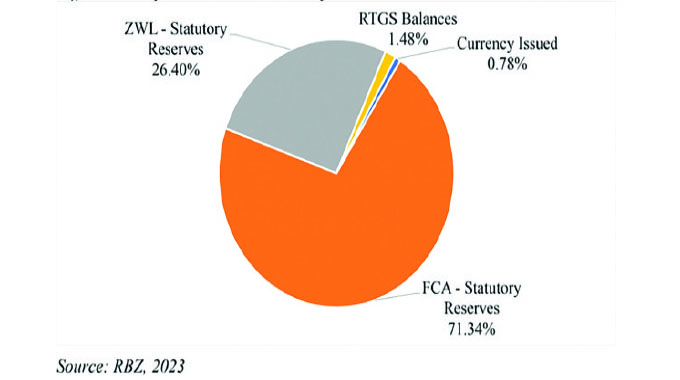Zim faces power deficit

Golden Sibanda Senior Business Reporter
ZIMBABWE experienced a 17,69 percent deficit on its total domestic and commercial electricity requirements during the eight months to August 2013, official industry data has shown.The magnitude implies that industry and households have had to contend with the cost and inconvenience arising from rolling power cuts that the national power utility Zesa Holdings is using to balance available power supplies.
In an effort to balance demand and power supply Zesa Holdings has resorted to alternated load shedding throughout the country during peak demand period usually in the morning and in the evening.
Zimbabwe Power Company assistant corporate executive Mr Douglas Chingoka told the Zimbabwe Mining and Infrastructure Indaba last week that reliable generation capacity stands at a mere 1 320 megawatts. ZPC is a subsidiary of Zesa Holdings.
While the annual mining indaba initially focused on mining issues it is now incorporating infrastructure issues, which include power because Zimbabwe and the continent face huge challenges in this respect.
Local generation capacity falls far short of the demand of 2 200MW, which also stands way above installed capacity of just above 1 900MW as new power generation projects take time to complete.
Zimbabwe imported 13,22 percent of the total electricity consumed in the country between January and August this year while 37,2 percent was generated in Kariba, 28,6 percent at Hwange Thermal Power Station, 1,44 percent at Munyati, 1,24 percent in Bulawayo and 0,46 percent in Harare.
“Zimbabwe is plagued by a shortage of power. Reliable capacity is of the order of 1 320 megawatts against a demand of about 2 200 megawatts. There is need for investments to be made in order to increase the amount of reliable capacity,” Mr Chingoka told the indaba.
The grim scenario points to the urgent need to start working on implementation of all power projects on the cards without delay as current shortages are constraining economic recovery.
Companies in the mining and other sectors of the economy have had to either invest in expensive diesel power generators or pay in advanced for ring-fenced import direct power supplies. While this has been heavy on the pocket, those with weak balance sheets to make such high cost alternative arrangements have had to contend with the inconveniences of load shedding.
For its part ZPC is working on the extensions of Hwange Thermal Power Station Units 6 and 7 for an additional 600MW and Kariba South hydropower station for another 300MW.
Sino Hydro will expand Kariba South at an estimated cost of US$400 million and the project is now at design review stage being done parallel to financial closure for the project.
China Machinery and Energy Corporation won the tender to expand the Hwange Units 6 and 7 and the parties to the deal are currently engaged in technical and funding negotiations.
The two projects remain the biggest most likely to get underway by early next year and it is anticipated that expansion of Kariba will take 40 months while Hwange will take 42 months.
There are several other projects being pursued by independent power producers across the country, but most of the projects have taken far too long to complete amid acute funding constraints.
While Zimbabwe faces suffocating power deficits, it has vast energy sources at its disposal to raise the generation capacity, which only needs to be tapped, but capital is the biggest problem.
The increase in capacity has to be done at an affordable price and these include coal (thermal power stations), coal bed methane (thermal power stations), hydro-power and solar energy.







Comments